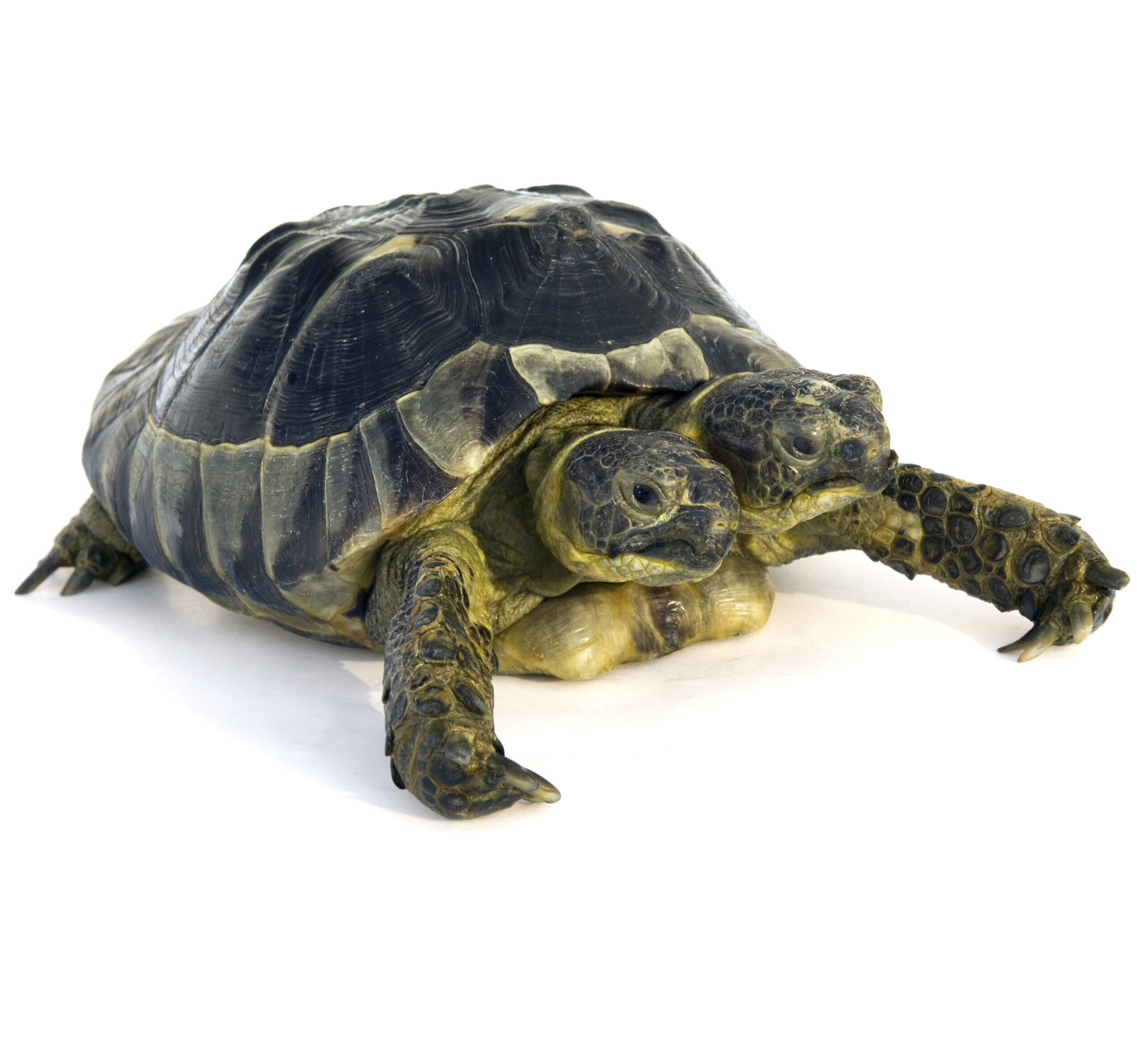Meshing Mutants into a Fantasy Milieu

About four years ago, one of the things I was working on was the chapter on monsters for Skirmisher Publishing’s Swords of Kos Fantasy Campaign Setting, and part of that included deciding what categories creatures of various sorts would be organized into. Careful consideration and a number of experiences around that time helped me decide that those categories would include Animals, Chimeras, Hybrids, Undead, Vermin — and Mutants.
This latter category is, suffice it to say, one that is normally associated with science fiction settings in general and post-apocalyptic ones in particular and usually not at all with fantasy ones, so the decision to include it was based on the desire to make some specific statements about the setting. One of defining events of the Kos campaign setting is, in fact, a Great Cataclysm that is generally characterized as volcanic in nature but about which much us unknown. Because I wanted the area around the epicenter of this disaster to be regarded as a cursed land, I decided to incorporate the concept of mutants and mutations within it to emphasize the perception of the area as post-apocalyptic in nature, even though it had likely been created by magical rather than atomic energies.
During this period, I actually spent a month visiting museums and historic sites throughout the parts of Greece where the heart of our campaign setting was located, and it was during this period that I made the decision to include mutations as an element. In this course of that trip, I ended up speaking with several archaeologists and museum professionals and asking them what sort of mythological creatures were depicted in various pieces of art, to include sculptures, mosaics, and painted pots. What struck me is that almost every one of them simply dismissed the disparate creatures I asked them about as “griffons,” what I learned was a catch-all term for anything legendary, and made no attempt to actually classify them in any way.
What this experience did, of course, was reveal to me my own thought processes about the classification of creatures and the importance of using terms pertinent to that in a technical way, all of which played a role in the categories of creature I decided to include in the Swords of Kos Fantasy Campaign Setting.
For those purposes, I decided that “Mutants are creatures that have had their normal forms transformed by environmental factors (e.g., the presence of something in the water). Mutations might manifest themselves in any number of ways, including a bizarre appearance, greatly increased size, and additional appendages of various sorts. Insects are among the most prolific mutants in the world of Kos but Typhonic and Dagonic Giants can also be classified as such and many sorts of animals, especially in areas directly affected by the Great Cataclysm, manifest mutations of various sorts.”
This definition gave them a character distinct from “Chimeras … monsters that have two or more heads — and possibly other parts as well — from different sorts of creatures” and Hybrids, which “are creatures that include parts of from two or more different sorts of creatures but often think or act like relatively normal humans or animals,” and helped me to make a statement about both them and the campaign setting they are part of.